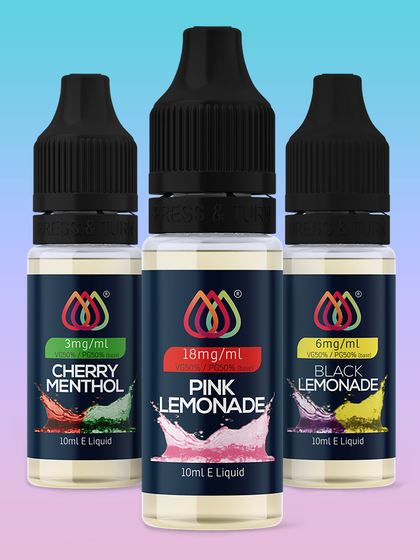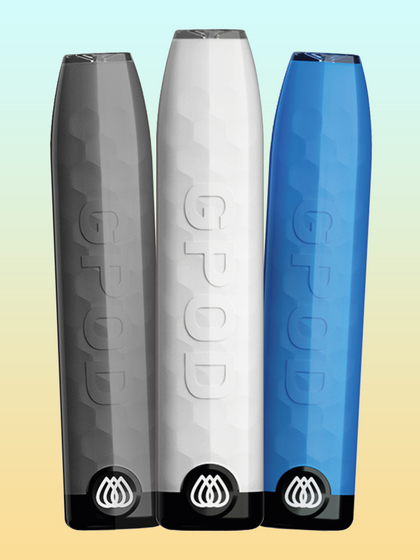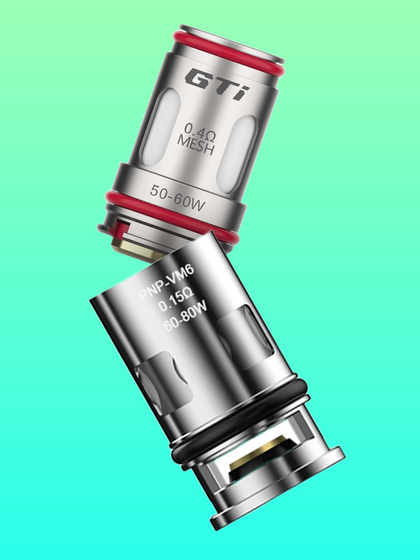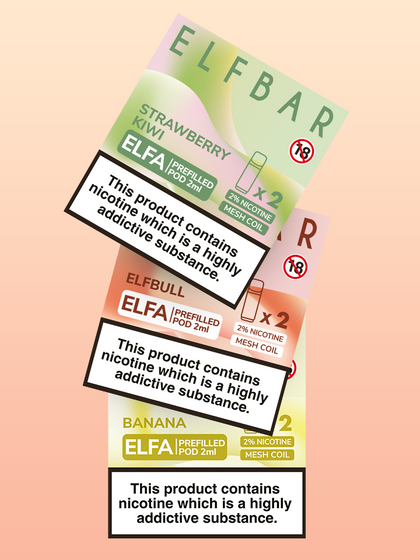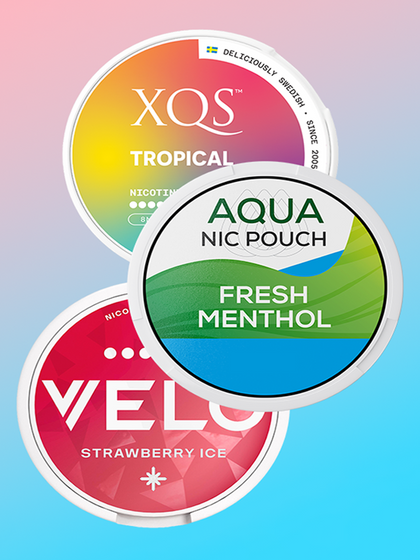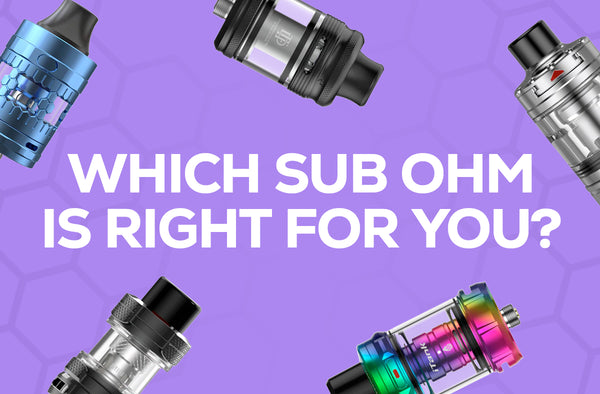How to choose the right nicotine strength for you
When you start vaping, you will need to pick up on a few basics aimed at enhancing your experience. Most people are usually focused on the flavours (and understandably so!) but there’s more to vaping than just vape flavours. Besides the small matter of e-cig hardware (which basically has an effect on every aspect of vaping and one we will touch on later in the post) one of the key decisions you’ll be tackling relates to nicotine strength. Unlike traditional cigarettes which are pretty much standard, vape e-liquids come in a whole slew of nicotine concentrations which can make choosing the ideal strength a tricky proposition. Pick one too strong and it will ruin the experience for you. Settle for too light a level and the vape will feel underwhelming. It’s not surprising then that some users transitioning from cigarettes to vapes have found the latter unable to meet their nicotine demands, causing them to pick up smoking again kicking the habit. It all underscores the importance of getting this basic aspect of vaping right.
The different e-liquid nicotine strengths
Vape juice comes in different nicotine concentrations. The most common strengths permitted in the UK include:
- 3mg – the lowest nicotine strength available. It is best suited for vapers who desire e-liquids with very low nicotine. Interestingly, these juices tend to be quite flavourful due to the little nicotine content which has a bearing on flavour
- 6mg – a lower-level nicotine strength that’s ideal for light smokers and vapers who want to explore vaping but are not heavy nicotine users per se
- 12mg – the intermediate nicotine range and a good preference for anyone who wants a solid nicotine delivery but not too strong as to overwhelm. Ideal for people who used to smoke a pack a day or thereabouts
- 18mg – a high-strength nicotine level suited for individuals who used to be heavy smokers
These nicotine strengths are common with freebase nicotine e-liquid. This is the standard type of nicotine e-liquid available which is more prevalent in the market and includes both regular e-liquids and sub-ohm juices. Freebase e-liquid is different nicotine salt-based juices which contain a higher amount of nicotine content (usually capped at 20mg in the UK) but we’ll look at this shortly.
Note: Most e-liquids are also available in 0mg variants (zero-nicotine) to cater to non-nicotine users or for
occasions when you may prefer to vape without the nicotine.
How to choose the right nicotine strength
Knowing the nicotine levels available to you is only half the story. And that’s the thing with vaping – it’s never a one-dimensional affair but rather, what you would call the sum of many parts. The nicotine strengths aside, finding the right concentration will also be determined by the type of e-cig device you’re using. Vape devices come in different types which can be loosely narrowed down into two categories:
-
- Mouth-to-lung (MTL) e-cig devices
- Direct-to-lung (DTL) e-cig devices
-
MTL devices (for high nicotine strength vaping)
Mouth-to-lung vaping involves drawing vapour into your mouth first and then into your lungs. This style of vaping gives you the closest experience to a regular cigarette since the draw is similar to puffing on a cigarette. For this reason, MTL devices – which come in different shapes and sizes – are ideal for beginner vapers or smokers switching to vaping as they allow for a more seamless transition since most people use the MTL inhalation technique by default. Mouth-to-lung e-cigs are typically smaller than their direct-to-lung counterparts. These devices – which mostly include vape pens and a section of pod devices – are better suited for vaping high nicotine strengths because of their low cloud production. However, they deliver a more assertive throat hit, which is a big deal specially for former smokers.
-
DTL devices (for low nicotine strength vaping)
Direct-to-lung vaping, for its part, involves inhaling vapour directly into the lungs. DTL devices, which largely comprise sub-ohm kits, were traditionally larger in size and better suited for more experienced vapers. The evolving tech has seen the emergence of more compact e-cigs such as pod mods, but the concept largely remains the same. Direct-to-lung e-cigarettes are paired with sub-ohm e-liquids which are typically low in nicotine content (maximum 6mg/ml). Reason is because direct-to-lung is a more powerful form of vaping characterised by high bouts of vapour, so a high amount of nicotine can be unpalatable. As such, you should opt for a DTL device when vaping lower nicotine strengths. While you might be forgiven for desiring less nicotine in your juice, direct-to-lung devices (as we just mentioned) are more powerful so vapour delivery is more intense. They also deliver a bolder flavour.
The case for nicotine salts
In recent years, the vape world has seen an introduction of another type of e-liquid:
nicotine salts. Known commonly as salt nics or nic salts, these e-liquids contain higher amounts of nicotine yet deliver a smoother vape compared to freebase nicotine e-liquids. This is made possible by the addition of benzoic acid and citric acid which lower the pH level in e-juice. Freebase nicotine e-liquids are based on ammonia instead. Nic salts are absorbed into the body faster and provide more satisfaction, making them perfect especially for smokers transitioning to vaping or vapers who find freebase nicotine e-liquid doesn’t do it for them.
Conclusion
As you can see, choosing the right nicotine level is not a straightforward decision. There are several things to take into consideration notably: the nicotine content present in a juice, the type of e-cig device you’re using, as well as type of e-liquid (freebase or nic-salt-based). The ratio of VG:PG is also something to keep in mind, although this decision will automatically be made for you based on the type of e-juice or device you’re using. MTL devices tend to be compatible with regular e-liquids which can carry a higher amount of nicotine. DTL devices, on the other hand, are matched with sub-ohm e-liquids which tend to be high in vegetable glycerine (VG) content (at least 60% VG) and low in nicotine (this is where you find 0mg juices). Choosing the right nicotine strength is a matter of trial-and-error. You don’t have to get it right the first time. If you start with 12mg and feel it’s too high for you, go down a notch and experiment with a lower nicotine juice. Alternatively, if you were a heavy smoker, you might as well skip everything else and settle for a salt nic e-liquid if nicotine satisfaction tops your priority list.

